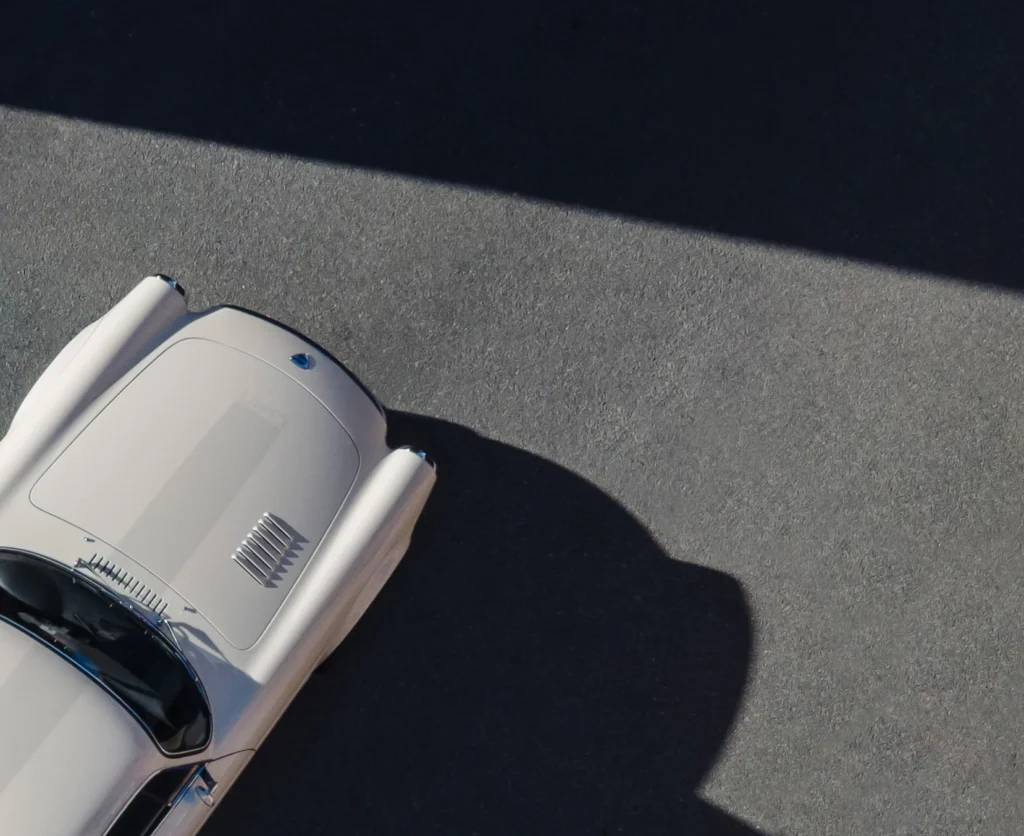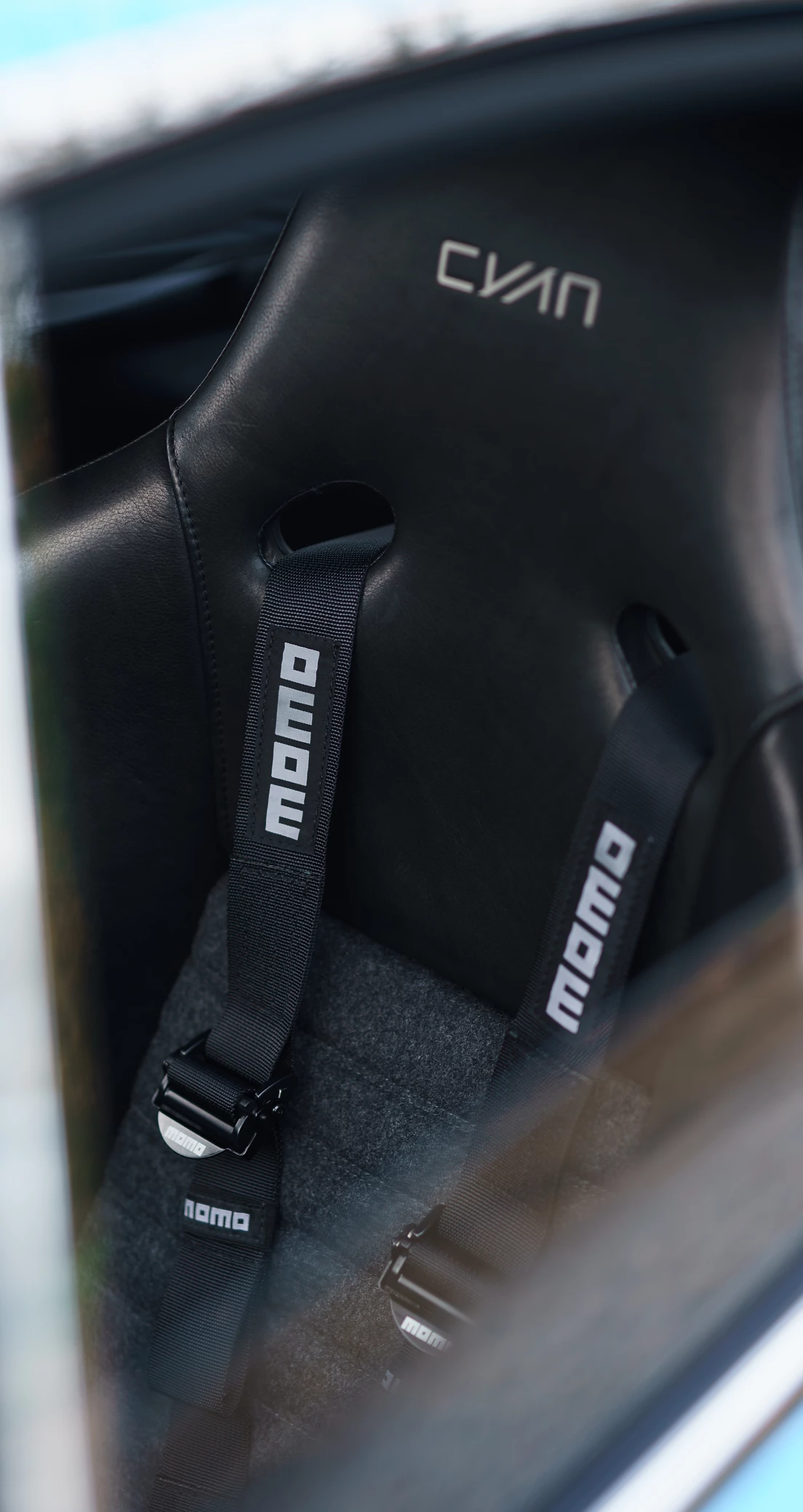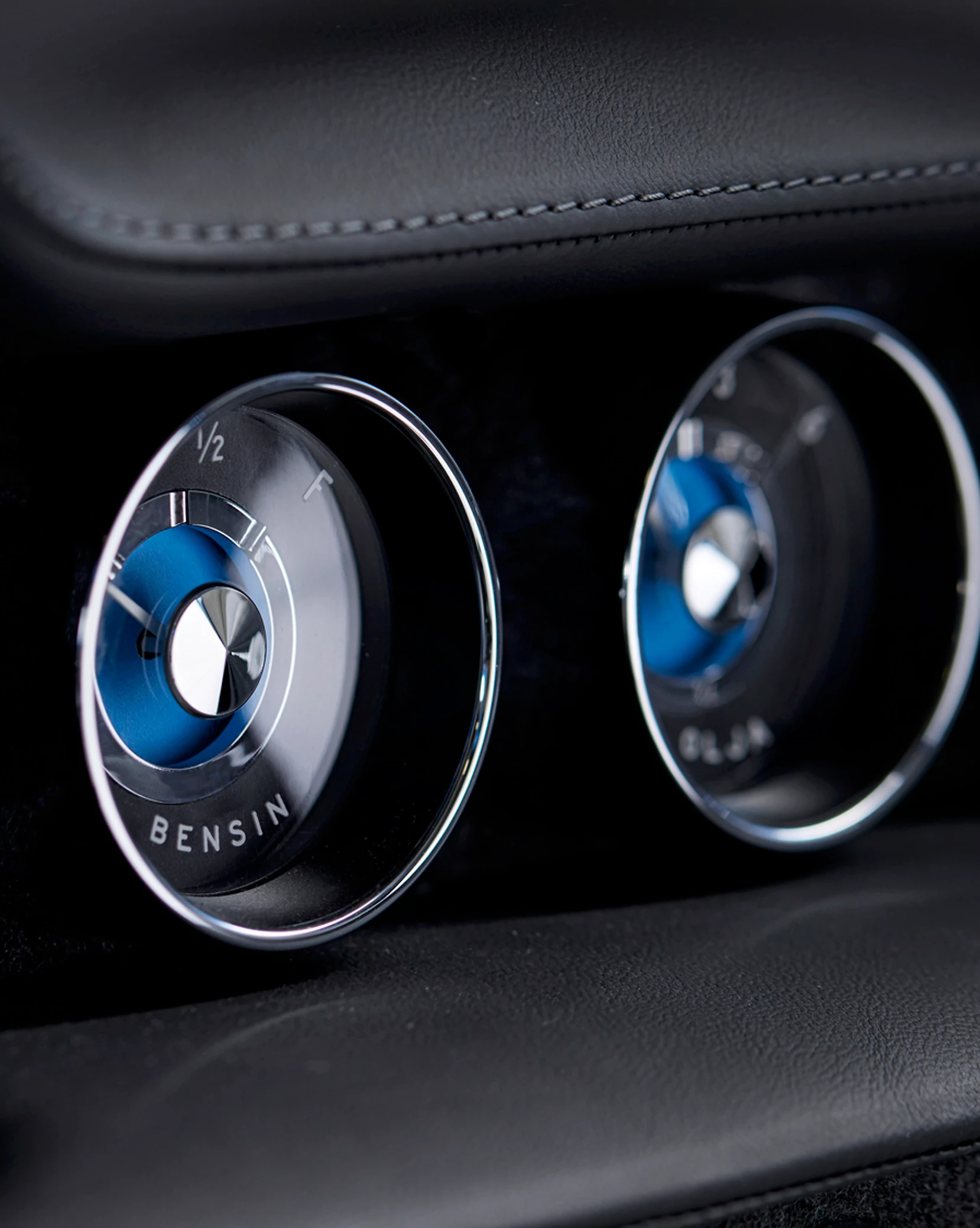If you told us there were Volvos out there that would set you back well in excess of $500k we’d be more than a little surprised here at Coolector HQ but when you set eyes on these Volvo P1800 Cyan builds, it begins to make a little more sense. The original Volvo P1800, that was first introduced back in 1961, was an iconic car with timeless design and aesthetic appeal. But this is where the similarities end. In the hands of five-times World Touring Car Champions Cyan the car has been painstakingly restored, delicately re-designed and extensively re-engineered to produce a truly stunning steed.

All in all, this spectacular Volvo P1800 rebuild and re-imagination from Cyan delivers that unfiltered, analogue driving experience from the 60’s, only this time at a level your dad couldn’t even dream of back in the day. In the hands of Cyan’s fabricators, engineers, designers and mechanics an original Volvo P1800 donor car is restored and modified into a Volvo P1800 Cyan during a process of 12-15 months to give the new owner one of the coolest cars on the road anywhere in the world.
PRECISION ENGINEERED
The original Volvo P1800 unibody was, by the 1960’s standards, seen as a robust, uncompromising construction. Compared with a modern day chassis however, it lacks strength due to the steel quality used at the time and to its design. Also, a sixty year old car has also lost a lot of its vigour so to speak but that is where the guys at Cyan come in. Only a handful parts from the original car get re-used in the Volvo P1800 Cyan. Everything from light switches and instruments to control arms and steering rack is replaced with bespoke parts manufactured by Cyan or its suppliers. All aluminium parts from exterior chrome details to wheels and the front grille are machined from billet aluminum for perfect fit and function.





The basis for a precise and intuitive driving experience with this extraordinary Volvo P1800 Cyan is a solid body structure. In addition to the reinforced steel chassis, the carbon fibre body is bonded to the steel though a high strength adhesive to function as an integrated component that adds to the total rigidity of the chassis structure. The use of carbon fibre is crucial in enabling low weight and high responsiveness, with the car weighing from just 990 kilos pending specification.





All the original Volvo electrical wiring and components are completely replaced with a contemporary CAN-bus based, PDM-controlled system designed by Cyan’s electronics engineers. Although instruments, switches, head- and tail lamps are made to look similar to the original, they are all based on modern reliable technology and bespoke for the car. This mean that although the car in almost every detail appears to have been hewn in the sixties, the speakers can play music from the driver’s smartphone and there are no fuse box with oxidised contact surfaces leaving you stranded along the road a rainy day. Put simply, it’s the 60s perfected.
- 8 of the best men’s dive watches from the WindUp Store - April 11, 2025
- All the best bits from the Finisterre x Snow Peak Collection - April 11, 2025
- Entreverdes House: Embracing the Slope, Framing the Forest - April 11, 2025



